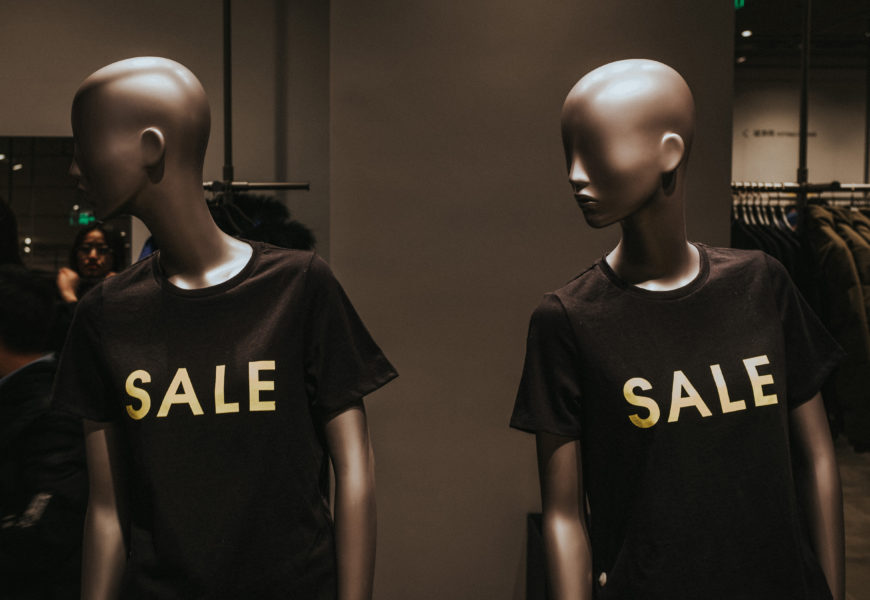The 1947 film Miracle on 34th Street manages to capture the spiritless, frantic shopping that seizes people as early as Thanksgiving Day. Stores wishing to begin turning a profit for the year tempt customers with seemingly good sales, knowing fully well that the spirit of the holidays (or “the thought put into the gift”) doesn’t apply here. One character in the movie puts it bluntly, “There are a lot of bad ism’s floating around this world, and one of the worst is commercialism.” Sadly, commercialism is overwhelmingly existent today. Consumerism deals with the reality of shoppers buying items that function as cheap as their prices, while commercialism similarly is concerned with maximizing profit. Overall, this phenomenon is called “Black Friday.”
Historically and economically, “Black Friday” was first used to describe the crash of the U.S. gold market on Friday, Sept. 24, 1869. The conspiracy of two Wall Street financiers to buy up the nation’s gold and sell it at sky-high prices created bankruptcy for everyone. The term “Black Friday” as we know it first became used by police officers in Philadelphia in the late 1950s. Hordes of people descended into the city for the annual Saturday Army-Navy football game, causing increases in traffic (and subsequent car accidents) that correlated with the downtown sales during the two days after Thanksgiving.
Manipulating prices and customers reverberates with people more than ever today, which lends power to the term “consumerism.” Consumerism refers to the notion of protecting the interests of the customers, as well as the theory that increasing the consumption of goods is economically desirable. This is especially relevant to the popularity of Black Friday shopping sprees, where some businesses will do anything for sale success. It is therefore in the hands of the consumer to decide the quality of the product and its life span, how well it will be received by the recipient and whether or not to invest in a company that invests in its customers. Jam-packed stores and rushed shopping excursions prevent this evaluation. Therefore, one must keep in mind that there will always be other sales around the corner, when Thanksgiving only comes once a year.
So how does one determine the best deal at the best time of year? With regards to Cyber Monday, which allows more time and thinking while shopping, price-trackers help monitor specific items and notify the user when they go on sale. With specific appeal to Connecticut College students, the Camelizer (similar to Camelcamelcamel) can be installed on one’s browser to check a product’s pricing history on Amazon for the year. Slice Watch is less complex and can track prices at multiple stores like Best Buy, Target and Walmart.
Black Friday does, however, have its merits.The outdoor-clothing company Patagonia specifically collected a record breaking $10 million this Thanksgiving, which will all be given to grassroots, non-profit environmental organizations fighting to protect natural resources like water, air and soil. “We definitely came up with the idea after the election,” said Lisa Pike Sheehy, Vice President for Environmental Activism at Patagonia, to CNN. She elaborated, “This is a difficult and divisive time for our country. I believe the environment is something we can all come together on. … Environmental values are something we all embrace.”
Therefore, similar to Miracle on 34th Street, companies should show care toward customers and their needs, especially during this hectic holiday season. Readers should express caution and attentiveness during Black Friday, or any shopping days. As the Macy’s janitor in the movie tells Kris Kringle, “Make a buck, make a buck. Even in Brooklyn it’s the same – don’t care what Christmas stands for, just make a buck, make a buck.” •









